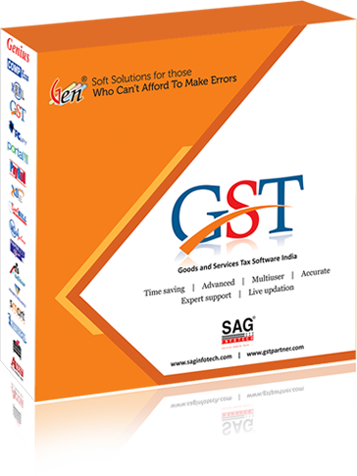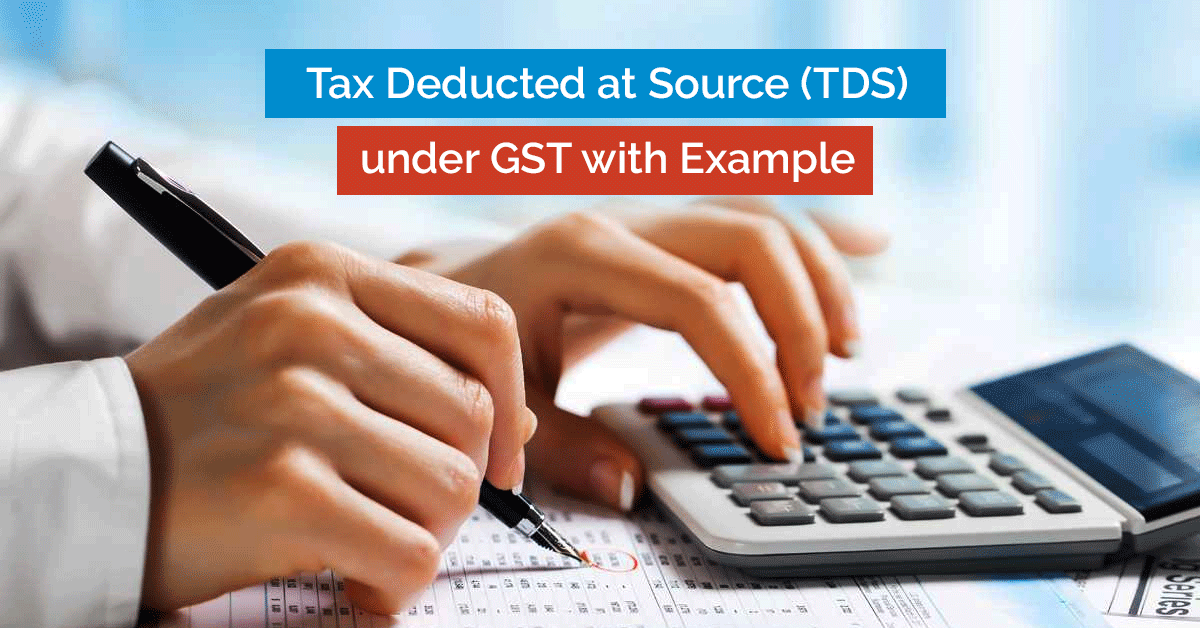GST is a consumption tax levied on the sale of goods and services. GST is collected at pre-fixed rates from consumers or purchasers of goods and services. On the other hand, TDS is deductible by payee from the amount payable by it to provider/supplier of services. TDS is deducted on services, Contract payment, Professionals, etc. The deducted or the balance payment has to be deposited as tax amount with the government. The tax amount is deposited on behalf of the recipient as future tax liabilities. Let’s understand how TDS under GST works.
Contents
When and Who can Deduct TDS Under GST
A payee can deduct TDS on the payable amount if the aggregate value of the contract exceeds Rs. 2.5 lacs. TDS is deducted against taxable services to supplier. Taxable value is the total value on which tax is computed.
- TDS is applicable on taxable value or aggregate value of supply.
- Aggregate value of contract must exceed 2.5 lakhs.
The GST Law permit following people/entities to deduct TDS.
- Persons or category of persons, notified by the Centre or State, recommended by the GST Council.
- Establishment/Department of the Central or State Government.
- Governmental Agencies
- Local Authority
The person or individual responsible to deduct TDS under GST is required to file GSTR-7 form.
TDS Rate in GST
The GST Law mandates a TDS rate of 2% (CGST 1% + SGST 1%) on intra state and inter state supplies alike. This 2% TDS has to be applied on the aggregate value of supplies/payments made to the recipients.
The Central or State Governments on the recommendation of GST Council has notified that 1% TDS has to be deducted and deposited by the supplier from the payment made by recipients against services, Contract payment, salary etc.
TDS Provision under GST in PDF
Composite And Mixed Supplies
Composite supplies are two or more naturally bundled supplies, with one of the supplies being a principal supply. The GST rate on the principal supply is levied on the aggregate value of the bundled supply. In case they are not bundled naturally, then the supply becomes a composite supply. And GST rate of the principal supply will be levied on the bundled supply.
Explanation of TDS Under GST with Example
In case you are still confused, the following example will better highlight the above points for TDS under GST.
Let’s suppose X has to make a payment against 10 Xerox Machines and each unit of the Xerox Machine costs Rs 50,000. Total Payment will be Rs 5,00,000 . The transaction will fall under Sec. 194C & TDS deduction on this transaction will be 1%.
| Selling price of 10 Xerox Machines @ Rs. 50,000/- per unit (Taxable/Aggregate Value) | Rs. 5,00,000 |
| If the GST rate on Typewriter is 28% | |
| CGST @ 14% | Rs. 60,000 |
| SGST @ 14 % | Rs. 60,000 |
| Total Invoice Value | Rs. 6,20,000 |
How to deduct TDS on GST bill given above ?
|
Read more: TDS and TCS provisions under GST






